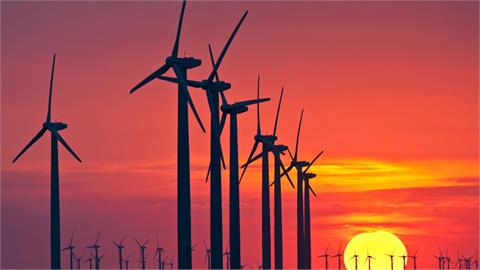U.S. energy consumption reached a record high level in 2018, according to the country's Energy Information Administration (EIA) on Tuesday.
Primary energy consumption in the U.S. reached a record high of 101.3 quadrillion British thermal units (Btu) in 2018, up 4% from 2017, the EIA said in a statement. "The increase in 2018 was the largest increase in energy consumption, in both absolute and percentage terms, since 2010," it added.
Consumption of fossil fuels grew by 4% in 2018 and accounted for 80% of total energy consumption in the U.S., according to the EIA. Petroleum consumption in the U.S. increased by approximately 500,000 barrels per day (bpd) from 2017 and reached 20.5 million bpd in 2018 -- the highest level since 2007.
Growth in petroleum consumption was mostly driven by its greater use in the American industrial sector, which grew by some 200,000 bpd in 2018 year on year. The U.S.' transportation sector grew by about 140,000 bpd in 2018, as a result of higher demand for fuels such as petroleum diesel and jet fuel, according to the EIA.
- Natural gas hits record
Consumption of natural gas in the U.S. rose by 10% from 2017 and reached a record high level of 83.1 billion cubic feet per day (2.35 billion cubic meters per day) in 2018.
"Natural gas use rose across all sectors in 2018, primarily driven by weather-related factors that increased demand for space heating during the winter and for air conditioning during the summer," the statement said.
"Natural gas consumption also grew in the residential, commercial, and industrial sectors in 2018, increasing 13%, 10%, and 4% compared with 2017 levels, respectively," it added. Gas consumption in the U.S.' electric power sector increased 15% from 2017 levels to 29.1 billion cubic feet per day (0.82 billion cubic meters per day) in 2018.
- Coal falls for fifth consecutive year
The significant increase in natural gas consumption, coupled with relatively smaller increases in the consumption of petroleum fuels, renewable energy, and nuclear electric power, offset the decline in coal consumption.
The significant increase in natural gas consumption, coupled with relatively smaller increases in the consumption of petroleum fuels, renewable energy, and nuclear electric power, offset the decline in coal consumption, which fell 4% year-over-year, according to the EIA said. Coal consumption in the U.S. fell to 688 million short tons in 2018, and marked the fifth consecutive year of decline.
Almost the entire decline in coal consumption came from the country's electric power sector, which fell 4% from 2017 levels. "Coal-fired power plants continued to be displaced by newer, more efficient natural gas and renewable power generation sources. In 2018, 12.9 gigawatts (GW) of coal-fired capacity were retired, while 14.6 GW of net natural gas-fired capacity were added," the EIA said.
- Renewables reach record high
Consumption of renewable energy in the U.S. rose 3% from the previous year to reach a record high 11.5 quadrillion Btu in 2018. This increase was mostly driven by new wind and solar power plants in the country. In 2018, wind electricity consumption rose by 8% while solar consumption jumped by 22% from the previous year.
Consumption of biomass, mostly in the form of transportation fuels, such as fuel ethanol and biodiesel, accounted for 45% of all renewable consumption in 2018, up 1% from 2017, the EIA said.
However, the increases in wind, solar, and biomass consumption were partially offset by a 3% decrease in hydroelectricity consumption, it added.
- Nuclear almost unchanged
U.S. nuclear power consumption increased by less than 1% in 2018 compared to the year before. The total number of operable nuclear generating units also showed a decline in the U.S. by falling to 98 in 2018 -- the first decline since October 2016.
"Annual average nuclear capacity factors, which reflect the use of power plants, were slightly higher at 92.6% in 2018 compared with 92.2% in 2017," the EIA said.
(Anadolu Agency)



